When Andrea Dovizioso’s manager announced at the Red Bull Ring that the negotiations between his client and Ducati were over, it was pretty clear that Ducati was about to receive a real kicking from public opinion (if not that very same day then on Sunday, when Dovizioso duly won the Austrian Grand Prix).
“There they go again, those strange guys at Ducati, alienating their top talent and refusing to pay them what they’re worth,” the situation seemed to scream.
Indeed, Ducati’s most recent MotoGP champion Casey Stoner (pictured below with Dovizioso) took to social media to voice his displeasure, Valentino Rossi alluded to how the company’s management often disconnected from its riders, and though it’s hard to back it up with data the prevailing opinion seemed to be that Ducati had messed it up.
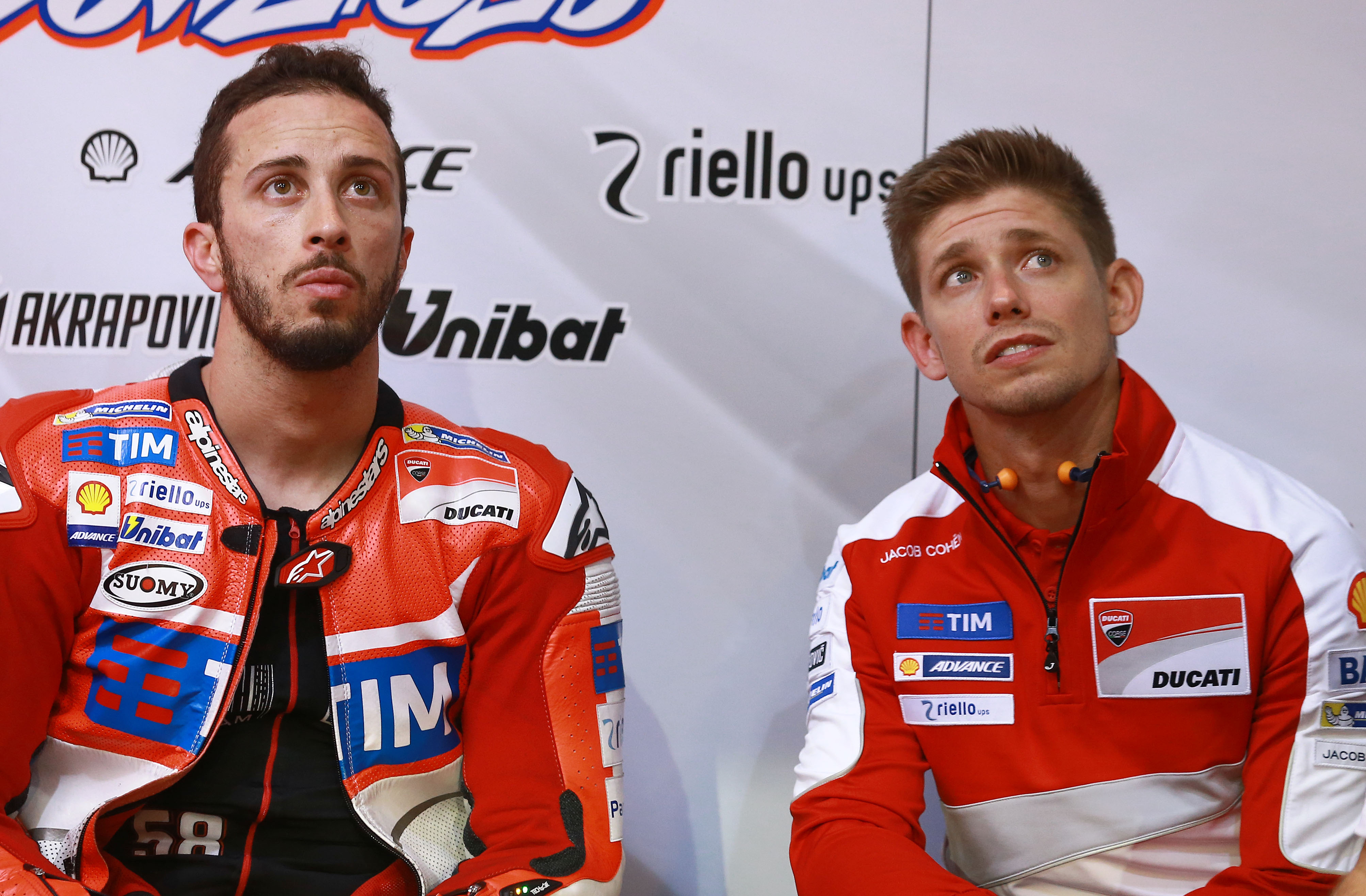
Rossi and particularly Stoner have first-hand experience of working at Ducati, and the writer of this column does not. Moreover, it is easy to see why Dovizioso comes off as the side in the right here – a three-time MotoGP runner-up, charismatic, smart and affable on one side and a faceless corporation on the other.
And even if you give that corporation some faces – Claudio Domenicali, Paolo Ciabatti, Davide Tardozzi, Gigi Dall’Igna – none of them are out there on track putting everything on the line for our entertaintment like Dovizioso is.
But whether Ducati has mismanaged Dovizioso is an entirely separate question to whether it was right to play hardball and resist meeting his contractual demands, which appeared to be the impetus for Dovizioso’s decision to walk away.
Ducati risked looking like fools back in August, especially as Dovizioso took the chequered flag first at the Red Bull Ring that Sunday a day after seeming to be squeezed out of the team he’s led for half a decade.
But be honest, does Ducati look foolish now?
And what would the optics be had Ducati signed Dovizioso on a bumper new deal and then watched him struggle badly at Misano and Barcelona, with the new Michelin rear tyre proving a roadblock that he looks no closer to navigating eight races into the new season?
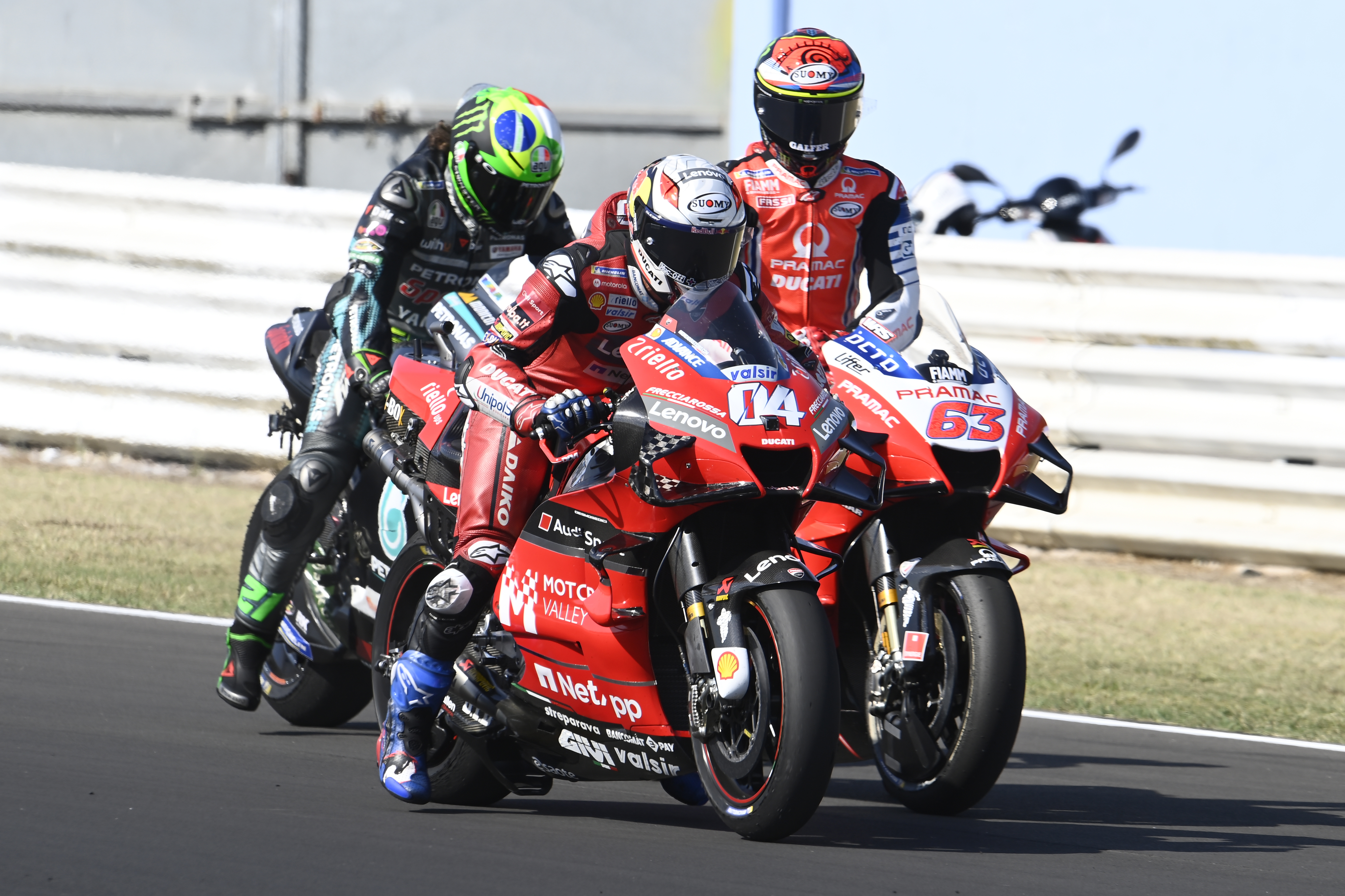
It’s been a remarkable effort by Dovizioso to stay in title contention this season, and his streak of leaving virtually no points on the table would’ve likely been left intact had he not been taken down by Johann Zarco’s falling year-old Ducati at Barcelona.
But the fact remains that he has simply not been very fast, relatively speaking, in 2020. This is no massive revelation, it’s something Dovizioso readily admits.
His replacement, Francesco Bagnaia, doesn’t have even half the points that Dovi has, and almost certainly will have still been behind even if he had contested the three races he missed through injury.
But he is nearly 11 years younger, is almost certainly much more affordable and – and this is the big one – has unmistakably looked faster in 2020.
Of the five qualifying sessions Dovizioso and Bagnaia have competed in this year, the latter’s Pramac bike has been ahead in every single one.
In the three races they’ve both finished, Bagnaia was ahead in two, and only a Jerez 2 engine failure and a weird Misano 2 crash keep it from being 4-1 in his favour.
It’s not just Dovizioso that has been somewhat overshadowed by Bagnaia – each of the established Ducati riders has looked in a ‘Class B’ to his ‘Class A’ at Misano, and his smooth braking style has been acknowledged as a perfect counterpart to the current-specification tyre casing.
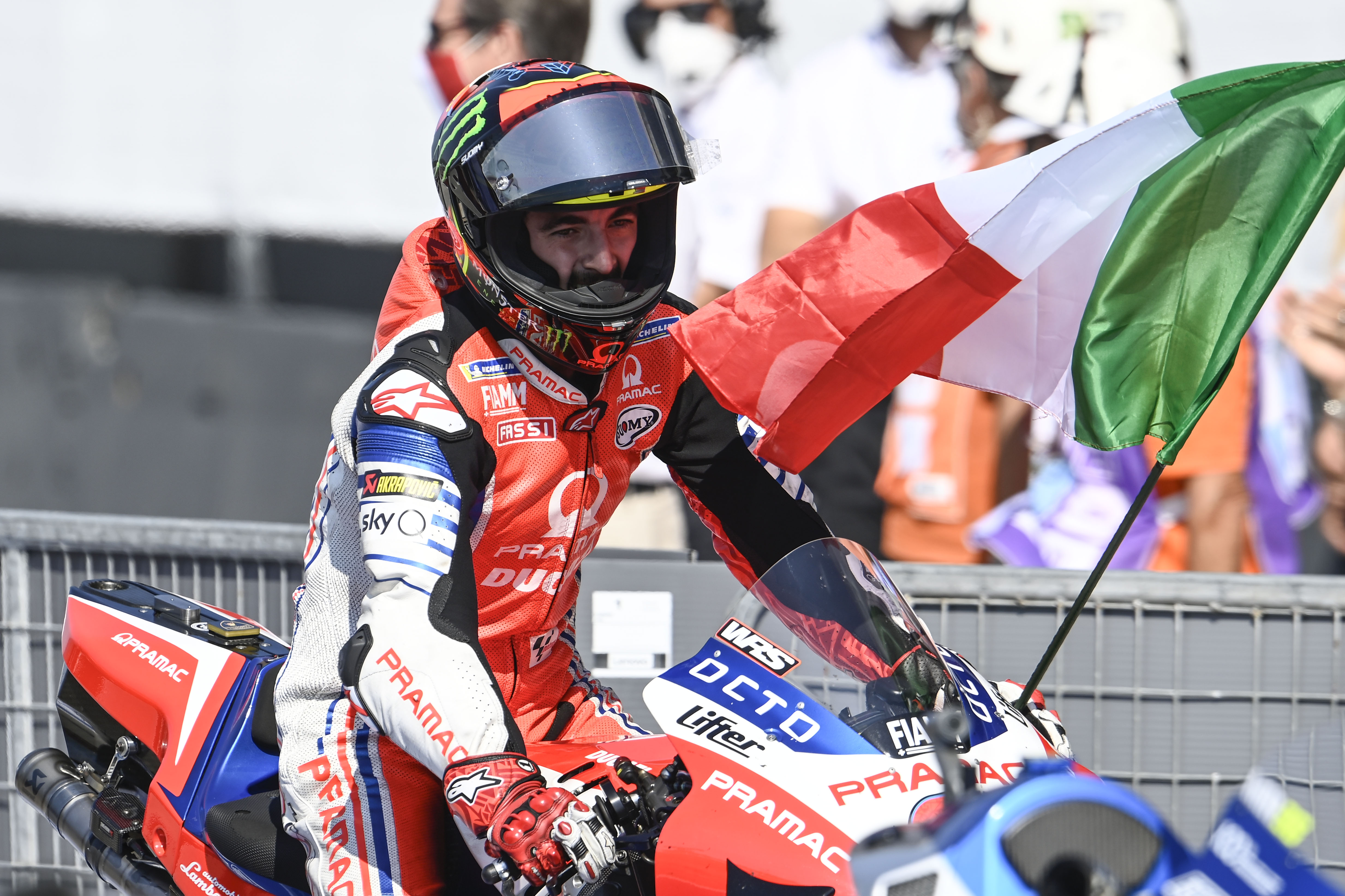
Bagnaia was highly-rated enough by Ducati to be given a 2019-20 MotoGP deal even before the start of what would end up a title-winning 2018 Moto2 campaign.
Some of the shine from that season then came off swiftly as he struggled pretty noticeably in his rookie season, arguably ending up as the least impressive of the year’s four MotoGP newcomers (in what is admittedly bound to go down in history as a genuinely absurdly good rookie class).
If he hadn’t had an upgrade to a factory-spec bike locked in contractually, you have to imagine he wouldn’t have got it on the strength of 2019, and it was fair to wonder during the off-season whether he’d be getting another premier-class deal at all.
Was Ducati really wrong to play hardball with Dovizioso, to hedge its bets, knowing its fallback options were so good?
But MotoGP is fickle, and just eight races on his promotion to the factory team is a complete no-brainer.
On current form, a line-up of Bagnaia and Jack Miller, who is nine points behind Dovizioso but looks a slightly more credible title contender, represents an upgrade on the current Dovizioso/Danilo Petrucci roster.
And perhaps Ducati’s management record doesn’t entirely deserve an upgraded line-up – not after the very avoidable departure of a rapidly-improving Jorge Lorenzo in 2018, and not after Ducati apparently expressed some interest in bringing Lorenzo back at Miller’s expense the year after, unsettling the Aussie in the process.
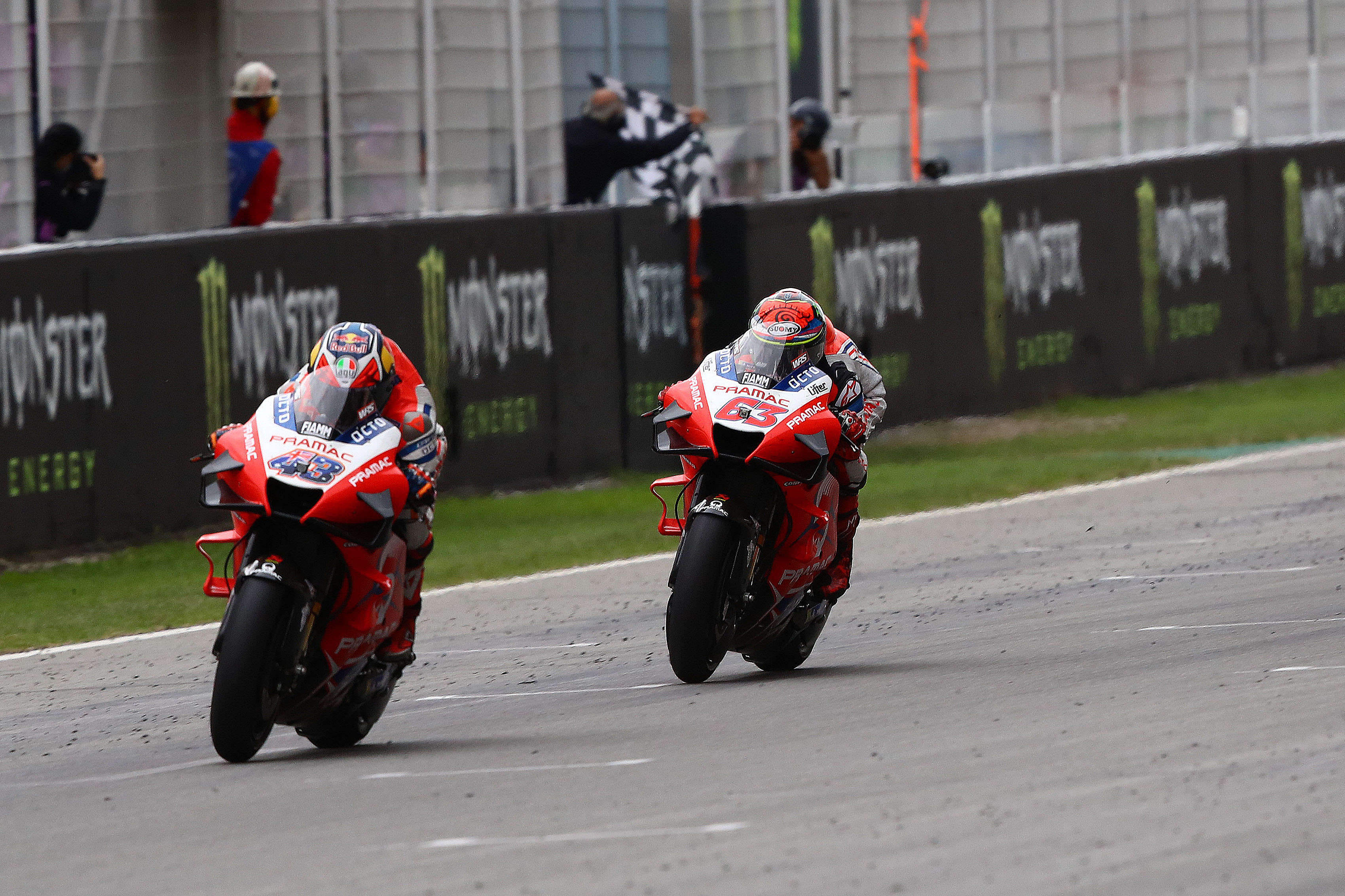
And Ducati also deserves some stick for failing in its efforts to recruit either an established frontrunner, like Maverick Vinales or Alex Rins, or an up-and-coming obvious superstar of the future, like Fabio Quartararo or Joan Mir.
Miller, for all his accolades and benefits, doesn’t quite make the established frontrunner category just yet, and Bagnaia doesn’t quite make the obvious future superstar category despite his recent explosion of form.
But it’s still a very neat line-up, and the fact Ducati’s been able to secure it puts the lack of a Dovizioso deal into a whole different light.
Ducati will have surely seen what Bagnaia is capable of on the GP20 as early as pre-season testing. Even if that hadn’t translated into form in races, it had signed up Zarco as another option.
And, well, it knew from how MotoGP progressed between 2017 to 2019 that Dovizioso was increasingly a long shot to sneak a title from under the all-conquering Marc Marquez (before his 2020 injury changed the immediate landscape somewhat).
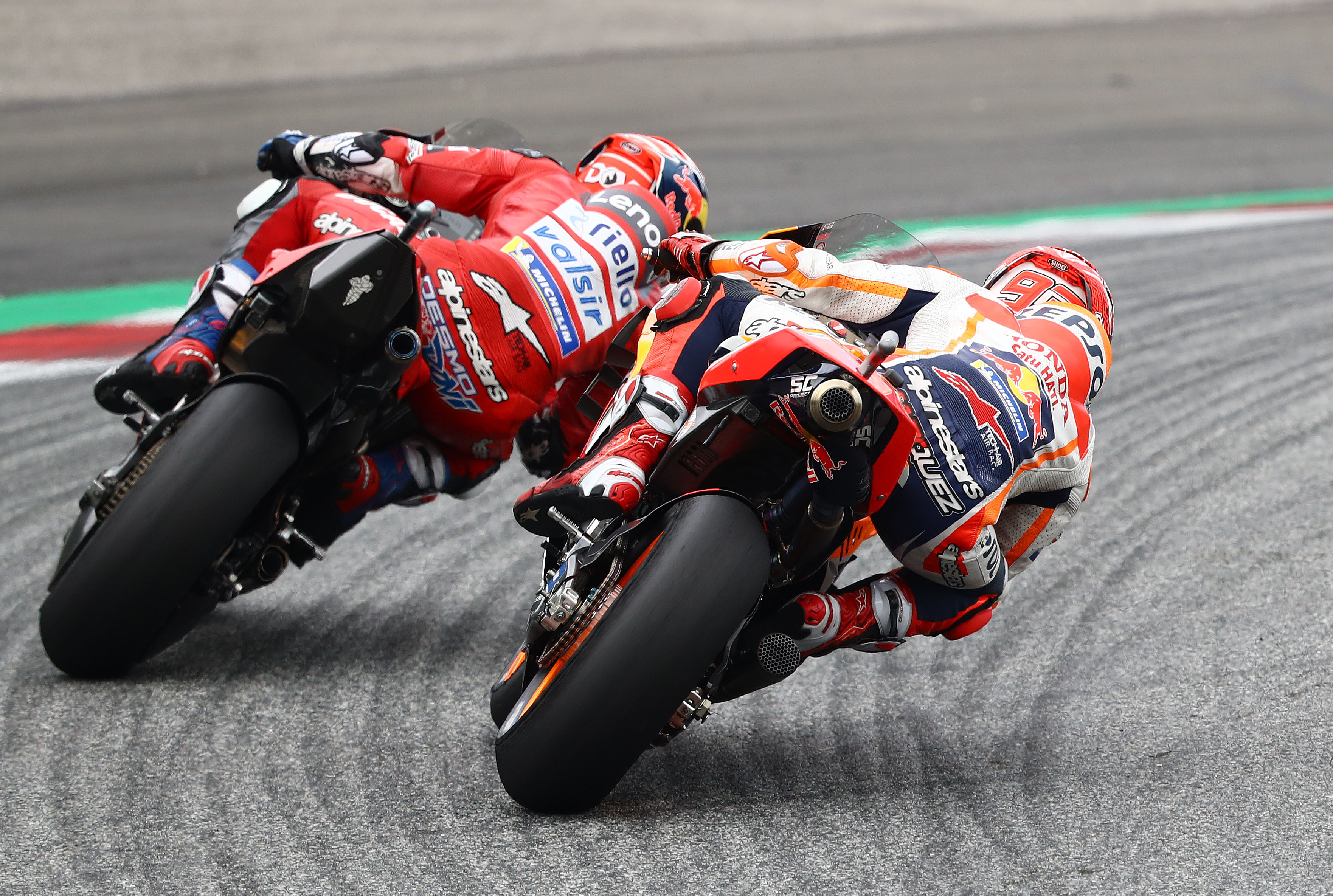
In that context, was it really wrong to play hardball with Dovizioso, to hedge its bets, to take a risk and try to get the best possible deal, knowing its fallback options were so good?
Is is the most loyal course of action? No, probably not. But that’s the nature of professional team-based sport – teams take risks and change their employees, and sportspeople pick different employers, and it’s what we love about the whole thing.
Ducati, like any team, has gambled en route to its final, Dovizioso-less 2021 line-up. And while it may backfire yet, that gamble looks to be based on pretty solid foundations.






